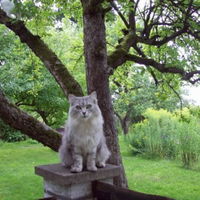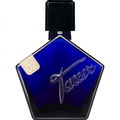
Pepdal
238 Reviews

Pepdal
Helpful Review
3
Selperniku Review
My first try at a January Scent Project scent. Unique for sure but how wearable is Selperniku? Please watch my video review to find out. Please leave a comment if you enjoyed.






 Butter
Butter Apricot
Apricot Cypress
Cypress Immortelle
Immortelle Cardamom
Cardamom Chamomile
Chamomile Juniper
Juniper Milk
Milk Petitgrain
Petitgrain Sandalwood
Sandalwood Tobacco
Tobacco








 Erswan
Erswan Saturnalis
Saturnalis Chizza
Chizza Ergoproxy
Ergoproxy Yatagan
Yatagan SchatzSucher
SchatzSucher Seejungfrau
Seejungfrau Uwki
Uwki Achilles
Achilles Stanze
Stanze



























